The history of flags and their hidden meaning
Flags are more than just pieces of fabric waving in the wind; they are a vibrant tapestry of history, culture, and identity. From the bold reds of revolution to the serene blues representing peace, each hue tells a story.
As we hoist a flag, we’re not just raising cloth but unfurling tales of struggle, unity, and pride. Let’s dive into this colorful world where symbols speak louder than words.
Ancient Beginnings: The First Flags and Their Roles
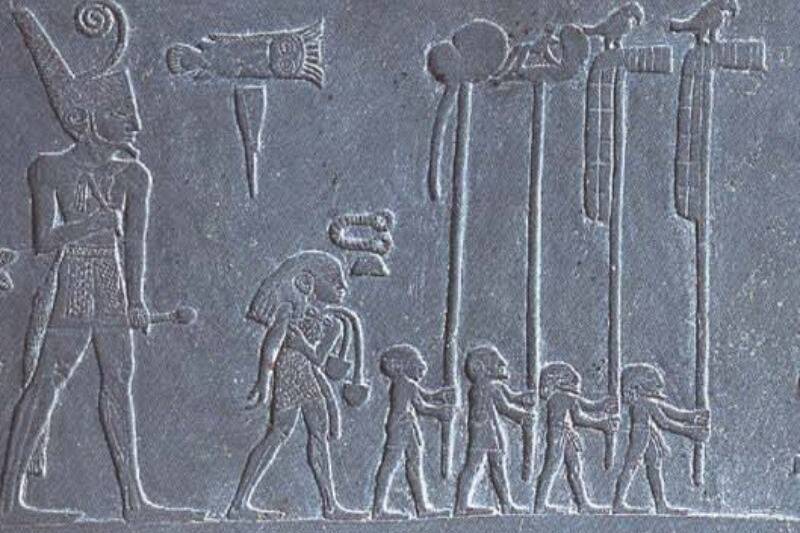
The earliest flags, known as vexilloids, were used in ancient Egypt and the Roman Empire. These were not the fabric flags we know today but were often made from metal or wood.
They served as rallying points in battle and were a means to display power and authority. Their primary role was to communicate across vast distances, ensuring troops knew where to gather or whom to follow.
The Symbolism of Colors: What Different Hues Represent

Colors on flags are packed with meaning. Red often signifies bravery or revolution, as seen in the flags of China and the former Soviet Union. Green is commonly associated with Islam and nature, prominently featured in the flags of Saudi Arabia and Nigeria.
Meanwhile, blue represents peace and justice, a notable choice for the United Nations flag. These colors transcend borders, speaking a universal language of values and beliefs.
Shapes and Sizes: More Than Just Rectangles

While most flags are rectangular, Nepal’s flag stands out with its unique shape of two stacked triangles. Switzerland and the Vatican City also break the mold with square flags.
The shapes often have historical or cultural significance, with Nepal’s flag symbolizing the Himalayas and the two major religions of the country. The dimensions of flags can also convey messages, such as the elongated stripes of Malaysia’s flag symbolizing the country’s states and federal territories.
National Identity: Flags as Symbols of Sovereignty

Flags are potent symbols of national identity and sovereignty. They are flown at government buildings, used in national ceremonies, and even draped over coffins of state leaders.
The American flag, with its stars and stripes, represents the unity and diversity of the nation. Meanwhile, Japan’s flag, a simple red circle on a white field, embodies the land of the rising sun, highlighting cultural and historical identity.
Historical Flags: Emblems of Empires and Kingdoms
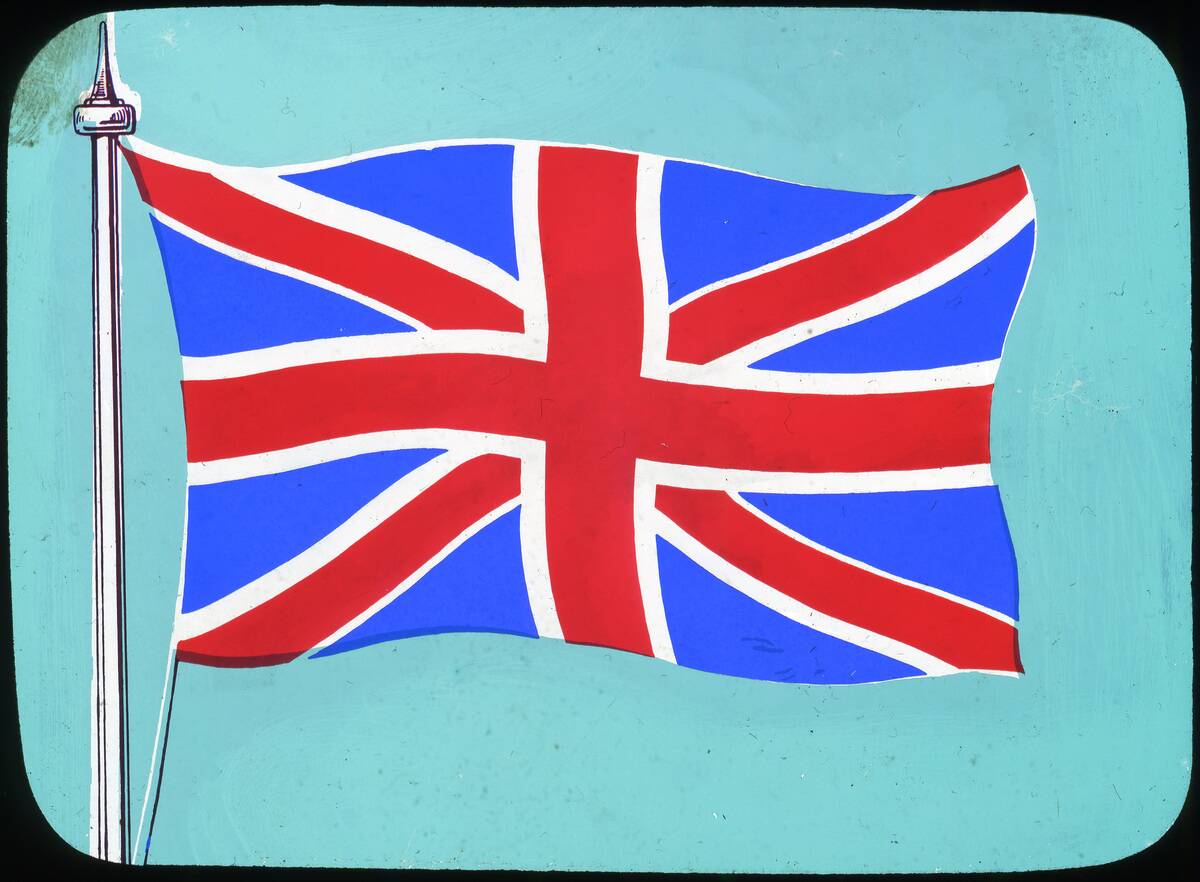
Historical flags often tell stories of past empires and kingdoms. The flag of the Byzantine Empire featured a double-headed eagle, symbolizing dominance over both the east and west.
Similarly, the Union Jack of the United Kingdom combines elements of England, Scotland, and Ireland, reflecting the historical unions of these nations. These flags serve as reminders of the shifting sands of power and influence over time.
Maritime Flags: Navigating the High Seas with Symbols

Maritime flags play a crucial role in sea navigation and communication. The International Code of Signals uses flags to convey messages between ships, such as warnings of danger or requests for assistance.
The Jolly Roger, with its skull and crossbones, has become an iconic symbol of piracy, striking fear into the hearts of sailors. These flags are essential tools in the language of the seas, ensuring smooth and safe passage.
Revolutionary Flags: Banners of Change and Rebellion

Revolutionary flags have been at the forefront of change and rebellion throughout history. The red and black anarchist flag symbolizes resistance against authority and capitalism.
Similarly, the tricolor flag of France emerged from the French Revolution, representing liberty, equality, and fraternity. These flags often become rallying symbols for movements, inspiring people to unite under a common cause and fight for their beliefs.
Religious Flags: Sacred Symbols in Fabric Form

Religious flags carry profound spiritual significance. The Buddhist prayer flags of Tibet are believed to bring peace and compassion, their colors representing the five elements.
The Sikh Nishan Sahib, with its saffron color, symbolizes the eternal and divine nature of God. These flags are not just decorative items but are imbued with faith, serving as reminders of religious devotion and spiritual aspirations.
Flags of Unity: Bringing Nations Together
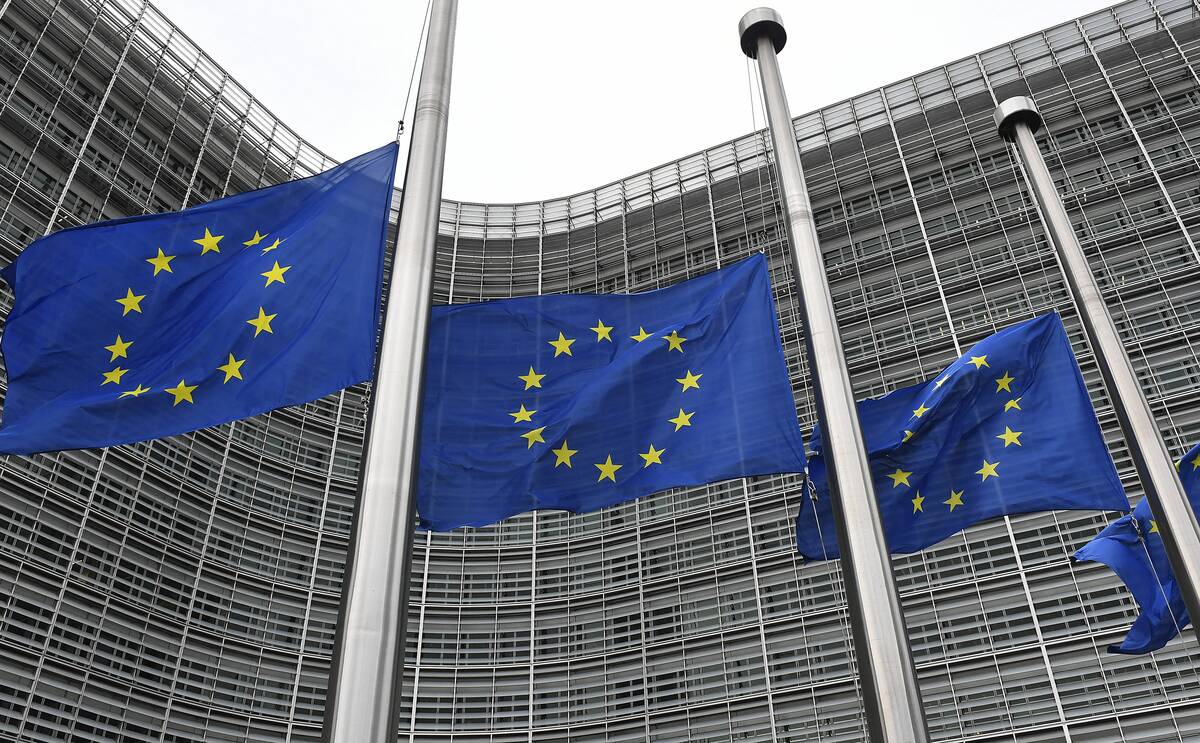
Flags have the power to unite nations and foster global cooperation. The Olympic flag, with its five interlocking rings, represents the unity of the five continents and the coming together of athletes worldwide.
The European Union flag, with its circle of stars, symbolizes unity among European nations. These flags serve as visual reminders of shared goals and the strength found in collaboration and mutual understanding.
Secret Messages: The Covert Language of Flags

Flags have been used to convey secret messages, especially during wartime. Semaphore flags allowed sailors to communicate discreetly over distances, using specific arm positions to represent letters.
During the American Civil War, both sides used signal flags to relay battlefield instructions. This covert language of flags highlights their versatility and importance beyond mere identification, showcasing their role in strategic communication.
Cultural Flags: Representing Traditions and Heritage

Flags can embody cultural traditions and heritage, telling stories of a community’s past and present. The flag of Wales features a red dragon, drawing from ancient folklore and symbolizing bravery and strength.
Indigenous flags, like the Aboriginal flag of Australia, use colors and symbols to represent their connection to the land and their cultural identity. These flags serve as proud expressions of unique cultural narratives and identities.
Flags in Sports: Cheering with Colors

Flags are integral to the world of sports, embodying team spirit and national pride. During the FIFA World Cup, flags from around the globe fill stadiums, each representing fans’ hopes and dreams.
In the Olympics, athletes parade with their national flags, signifying their country’s presence and competitive spirit. These vibrant displays of color and motion create a sense of camaraderie and excitement, transcending language and cultural barriers.
The Art of Flag Design: Balancing Simplicity and Meaning
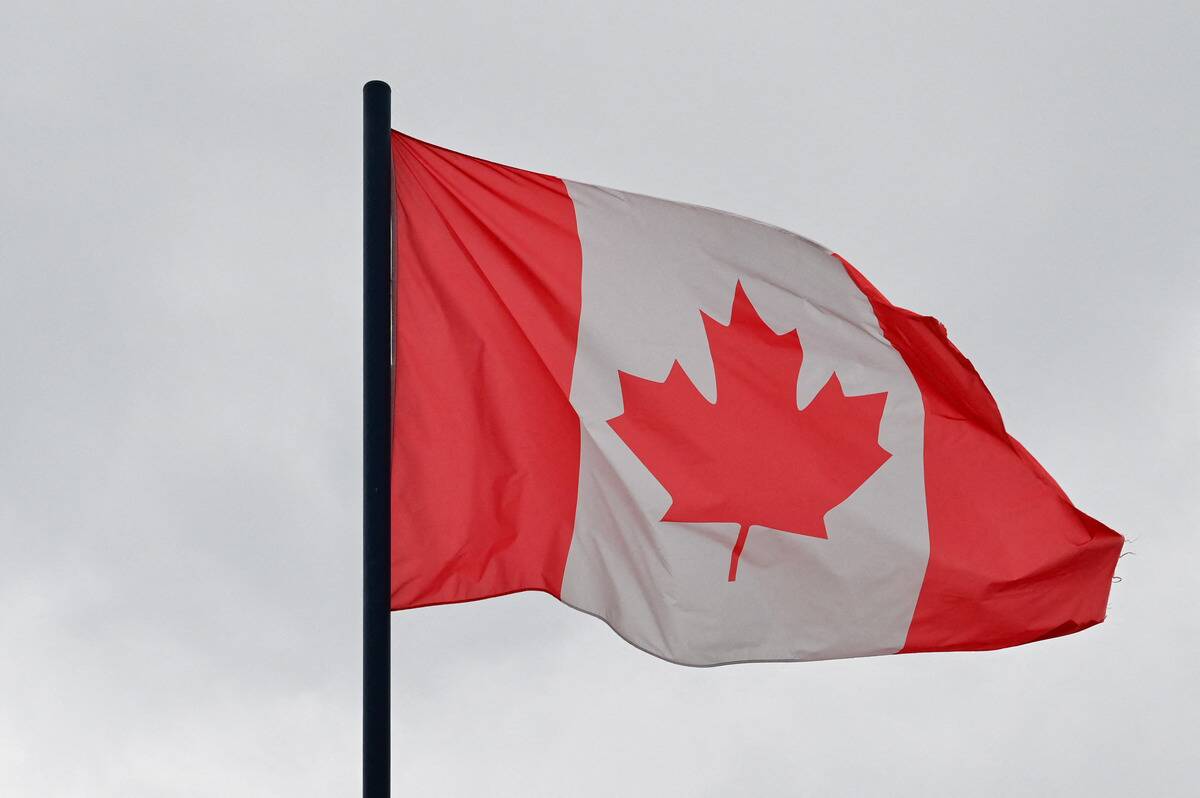
Designing a flag is an art, requiring a balance between simplicity and meaning. The best flag designs are memorable and easily recognizable, like the minimalist design of Japan’s flag.
Colors and symbols are chosen carefully to convey specific messages, such as the maple leaf on Canada’s flag representing nature and the environment. This blend of artistry and symbolism ensures flags remain powerful emblems of identity and purpose.
Modern Innovations: New Flags for New Nations
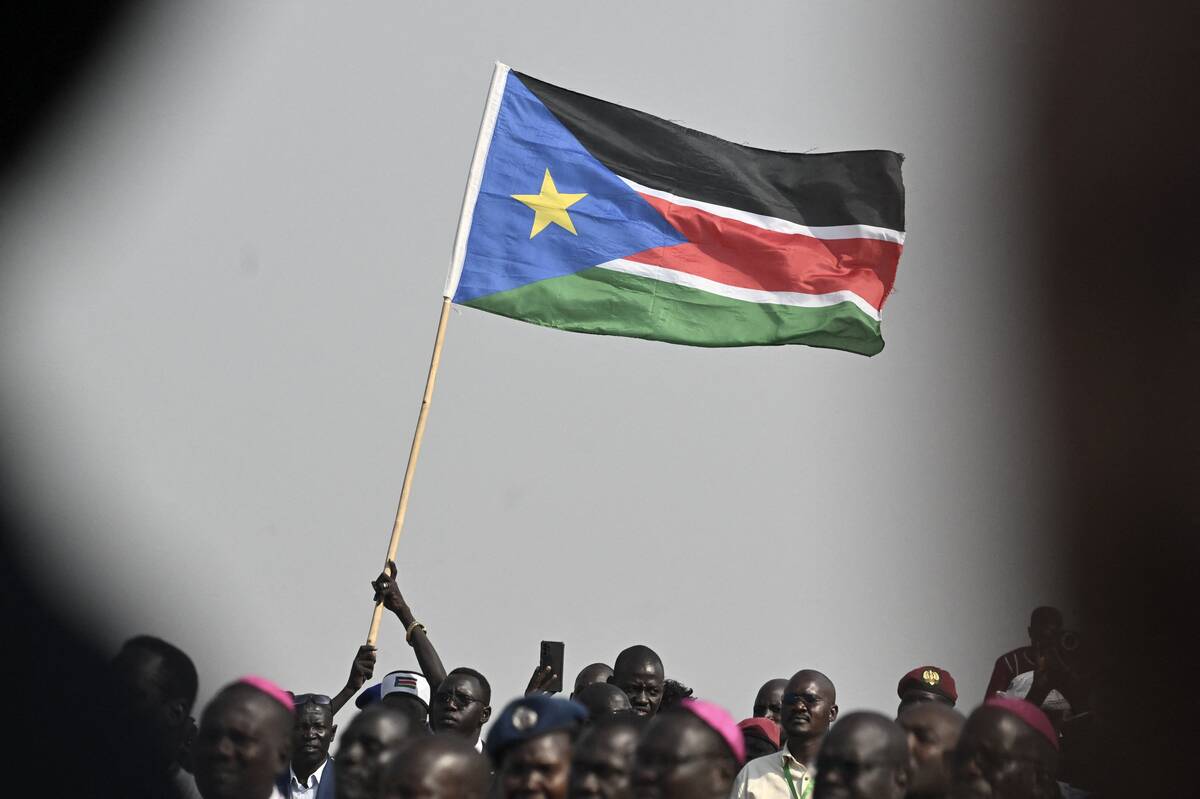
As new nations emerge, so do new flags, each telling a fresh story of independence and identity. South Sudan, for example, adopted its flag in 2011, incorporating colors representing its people, the blood spilled in the name of independence and its resources.
Timor-Leste’s flag, introduced in 2002, symbolizes its struggle for independence and hopes for the future. These modern innovations reflect the dynamic nature of our world, where new narratives are constantly being woven into the fabric of history.



